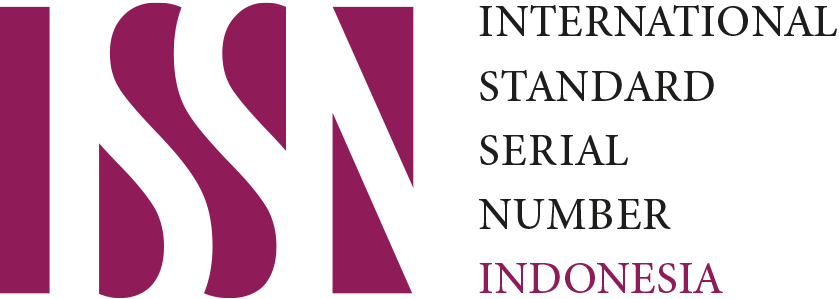Reading Comprehension Improvement through Question and Answer Relationship (QAR) Method
Abstract
Keywords
Full Text:
PDFReferences
Cohen, L., Manion, L., & Morrison, K. (2017). Research Methods in Education (8th ed.). Routledge.
Ernaini, Nurweni, A., & Suparman, U. (2018). Question Answer Relationship (QAR) In Teaching Reading Comprehension At SMPN5 Bandar Lampung. U-JET, 7(2), 1–8. http://jurnal.fkip.unila.ac.id/index.php/123/article/view/15133
Galvan, D. (2019). Active Reading Comprehension: A Dataset for Learning the Question-Answer Relationship Strategy. ACL 2019 - 57th Annual Meeting of the Association for Computational Linguistics, Proceedings of the Student Research Workshop, 106–112. https://doi.org/10.18653/v1/p19-2014
Izzah, L., & Hadi, M. S. (2018). Systemic Functional Genre on Students’ Reading Literacy. English Language in Focus (ELIF), 1(1), 35-44. https://doi.org/10.24853/elif.1.1.35-44
Kinniburgh, L. H., & Prew, S. S. (2010). Question Answer Relationships (QAR) in the Primary Grades: Laying the Foundation for Reading Comprehension. International Journal of Early Childhood Special Education, 2(1), 31–44. https://doi.org/10.20489/intjecse.107956
Mills, G. E., & Gay, L. R. (2016). Educational Research: Competencies for Analysis and Applications (11th ed.). Pearson Education Limited.
Muzammil, S. (2017). QAR (Question Answer Relationship) as an Alternative Strategy to Teach Reading. JL3T ( Journal of Linguistics Literature and Language Teaching), 2(2), 101–123. https://doi.org/10.32505/jl3t.v2i2.17
Nuriadi. (2008). Pembaca Teknik Jitu Menjadi Terampil. Pustaka Pelajar.
Raphael, T. E. (1986). Teaching Question Answer Relationships, Revisited. The Reading Teacher, 39(6), 516–522.
Raphael, T. E., & Au, K. H. (2005). QAR: Enhancing Comprehension and Test Taking Across Grades and Content Areas. The Reading Teacher, 59(3), 206–221. https://doi.org/10.1598/RT.59.3.1
Readence, J., Bean, T. W., & Bean, J. D. (2017). Content Area Literacy: An Integrated Approach (11th ed.). Kendall Hunt Publishing.
Sejnost, R. L. (2009). Tools for Teaching in the Block. In Tools for Teaching in the Block. California: Corwin Press. https://doi.org/10.4135/9781452219097
Stahl, K. A. D. (2004). Proof, Practice, and Promise: Comprehension Strategy Instruction in the Primary Grades. The Reading Teacher, 57(7), 598–609. https://www.jstor.org/stable/20205406
Suswika, W., Herlina, R., & Faridah, D. (2020). Question Answer Relationship (QAR) Strategy in Critical Reading on Narrative Text. JALL (Journal of Applied Linguistics and Literacy, 4(1), 95–102.
Thuy, N. T. B., & Huan, N. B. (2018). The Effects of Question-Answer Relationship Strategy on EFL High School Students’ Reading Comprehension. European Journal of English Language Teaching, 3(4), 34–48. https://doi.org/10.5281/ZENODO.1295713
Wiesendanger, K. (2001). Strategies for Literacy Education. Merrill.
Wilson, N. S., Grisham, D. L., & Smetana, L. (2009). Investigating Content Area Teachers Understanding of a Content Literacy Framework: A Yearlong Professional Development Initiative. Journal of Adolescent & Adult Literacy, 52(8), 708–718. https://doi.org/10.1598/jaal.52.8.6
DOI: https://doi.org/10.24853/elif.3.2.109-118
Refbacks
- There are currently no refbacks.
Abstracting/Indexing |
 |  |  |  |  |
 |  |  |  |  |
 |  |  |  |  |
 |  | |||
English Language in Focus (ELIF) is published by This work is licensed under
|






9.png)
2.png)






